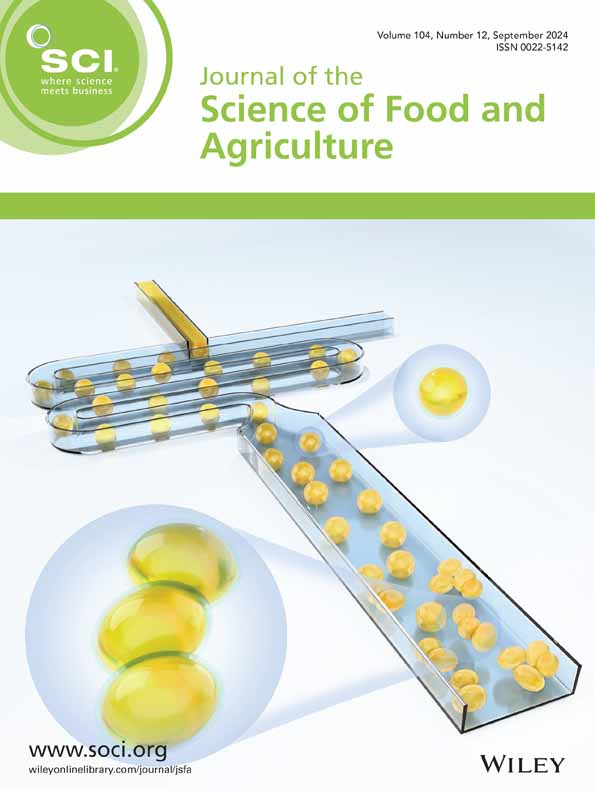Effects of Globularia cordifolia on colon cancer cells: antioxidant activity, inflammatory cytokine analysis and molecular docking studies
Abstract
BACKGROUND
The present study aimed to comprehensively evaluate the anticancer, anti-inflammatory, and antioxidant properties of Globularia cordifolia L. samples. The plant material was collected and extracted using the maceration method. Antioxidant activities were assessed through DPPH (i.e. 2,2-diphenyl-1-picrylhydrazyl) and iron chelation assays, whereas phenolic and flavonoid contents were measured using spectrophotometric methods. Gas chromatography-mass spectrometry analysis was performed to identify biologically active compounds. The cytotoxic effect on colon cancer cells was evaluated using MTT [i.e. 2,3-bis-(2-methoxy-4-nitro-5-sulfophenyl)-2H-tetrazolium-5-carboxanilide] assays, and inflammatory cytokine levels were measured through an enzyme-linked immunosorbent assay. Molecular docking studies investigated the interactions of bioactive compounds with the 4UYA protein, and ADME (i.e. absorption, distribution, metabolism, excretion and toxicity) modeling predicted their toxicity.
RESULTS
The study revealed that the extract exhibited strong antioxidant activity with a median 50% inhibitory concentration (IC50) value of 39.48 ± 2.15 μg mL−1 in the DPPH assay and an effective iron chelation capacity with an IC50 value of 4.28 ± 0.19 mg mL−1. The total phenolic content was 662.51 ± 20.95 mg gallic acid equivalents g−1, and the flavonoid content was 114.99 ± 0.51 mg quercetin equivalents g−1, demonstrating the extract's richness in phenolic and flavonoid compounds. Significant antiproliferative effects were observed in colon cancer cells at a dose of 250 μg mL−1. Inflammatory cytokine analysis indicated a reduction in pro-inflammatory responses. Molecular docking studies showed strong binding affinities between the bioactive compounds and the 4UYA protein, suggesting the mechanisms of action.
CONCLUSION
The findings indicate that G. cordifolia extract exhibits strong antioxidant, anti-inflammatory and antiproliferative properties, making it a promising biomolecular agent for colon cancer therapy. The high phenolic and flavonoid contents, combined with the bioactive compounds' interactions with key molecular targets, underscore its potential therapeutic applications. © 2024 Society of Chemical Industry.

 求助内容:
求助内容: 应助结果提醒方式:
应助结果提醒方式:


